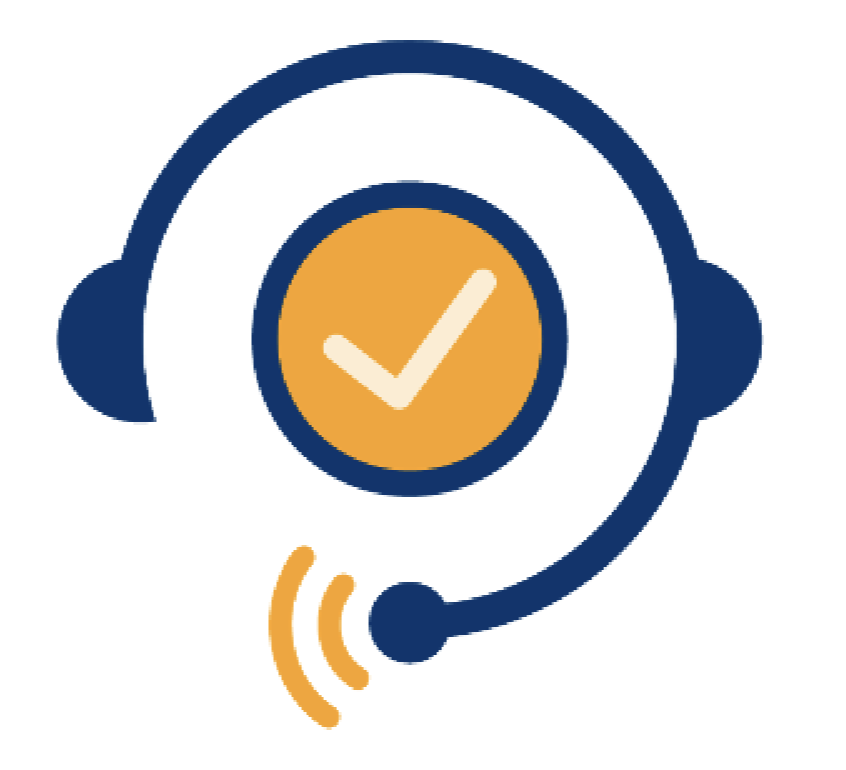
Hackers at large during COVID-19 pandemic…be safe!
Approaching the third week since stay-at-home orders were issued in response to the Covid-19 pandemic, we are finding a frightening array of threats to businesses of all sizes, in practically every industry. Most businesses recently forced to transition to remote work did not have a security plan in place. I’ve put together six crucial steps your company can take to protect yourself from the cybercriminals who are working overtime to take advantage of this situation.
1. Tighten Up Your Endpoint Protection
The main vulnerability that arises when employees work from home is the huge increase of threat vectors. All of a company’s endpoints—every employee’s laptop, desktop, mobile phone, tablet, etc.—are now liable to get infected and to spread that infection to the corporate network.
The best preventive action you can take is initiating two-factor authentication, or multi-factor authentication. You’ve seen this when you log into a service and it tells you it’s going to text you a passcode before it lets you log all the way in. It seems simple, but multi-factor authentication works because while bad actors might succeed is stealing one piece of information such as an email, it is unlikely that they will manage to get two identifying factors.

In this day and age, every company needs next–generation security tools –antivirus protection, VPN, and firewalls. Next-generation isn’t just an industry buzzword, it introduces additional intelligence to the network. Traditional antivirus software is not catching the ransomware and malware running around on the Internet today, so next-generation tools further secure your endpoint, helping to prevent and halt the spread of infection.
2. Patch or Update your Virtual Private Network (VPN)
Most companies are already using a VPN to enable secure connections to other networks, which is good. But we’ve found that most companies’ VPNs are not up-to-date. This is not one of those things that you install once and it’s good for the next five years – it needs to be consistently reviewed and maintained.
Manufacturers make codes available, and it’s important to check to see if yours is current. We often do a kind of health check to ensure that the VPN is up-to-date and that all the proper controls are in place. And at the same time, we check to see that any client software is current as well.
The crooks are getting smarter, and we all need to be diligent in our authentication mechanisms within our VPN. Most companies—even if they are using cloud-based email with some form of remote access—run everything back to the same Active Directory in order to authenticate, so if a bad actor gets your contact credentials on one platform, all of a sudden they have it for every platform. So, once again, multi-factor authentication is a critical security feature and should be utilized for VPN service.
3. Configure Firewalls to Limit Remote-Access Vulnerabilities
Each company’s firewall needs are different, and it’s important that the firewall fits the scale of the organization as well as its scope. The firewall must have next-generation antivirus and anti-malware software and offer sufficient up-time.
When it comes to firewall configuration, the biggest challenge for a security engineer is knowing what rules to configure. It helps if the organization has created a remote access policy or security policy that includes an audit, as you can configure to that requirement. It also gives you something to test against.
After you run vulnerability scans, you can put strong protocols in place and set configuration standards to support the organization’s access needs.
4. Retrain Your Team About Phishing Scams and Other Cyber Threats
Every company should have a security awareness training program in place. With so many office workers now set up in their kitchens and family rooms, attacks are proliferating massively. There are hacker farms full of bright young people, and all they do all day long is launch cyberattacks, write COVID-19 phishing emails, or try to con someone into logging into a site that looks like their company website but is actually a clone. Some of today’s army of malicious hackers are even sponsored by nation-states.
These criminals are breaking into networks, stealing data and credentials, launching ransomware attacks, and stealing intellectual property. They are capturing confidential communications and leveraging it to bad ends. We see companies terribly impacted by events like these, but most companies are not concerned about an incident until after the fact.
We have known for a long time that employees, the human beings who are every company’s most valuable asset, are the first line of defense. Empowering them with the knowledge they need to defend themselves and your company is paramount.
5. Set Up Secure File Sharing and Stretch Your Bandwidth
I urge all companies and organizations to consider using third-party collaboration sites that have the encryption and authentication separate from their internal network. Data is encrypted at rest and while in transport. It’s a cloud service and forces people to login and authenticate before they grab their data, load their data, or do whatever they need to do. And it doesn’t tie back to the corporate network, so the credentials can’t be duplicated down the road.
6. Don’t Forget About Data Privacy Regulations
There’s another threat helping to create this perfect storm—many companies are in the midst of figuring out the requirements of new and upcoming data privacy laws, which often require that they keep their data inventories accurate and store their data in very secure locations. This is much more difficult to accomplish with workers scattered across the landscape, and that can be a frightening thing for business owners and managers, because these laws have teeth.
The main thing we want is for people to be safe, healthy, and happy. If you think I might be able to help you and your team with any of these potential risks, please give me a call.
Thank you for trusting us to help with your cybersecurity and remote workforce needs.
Contact us any time—we’re always happy to help.
Jon
Meet the Author


